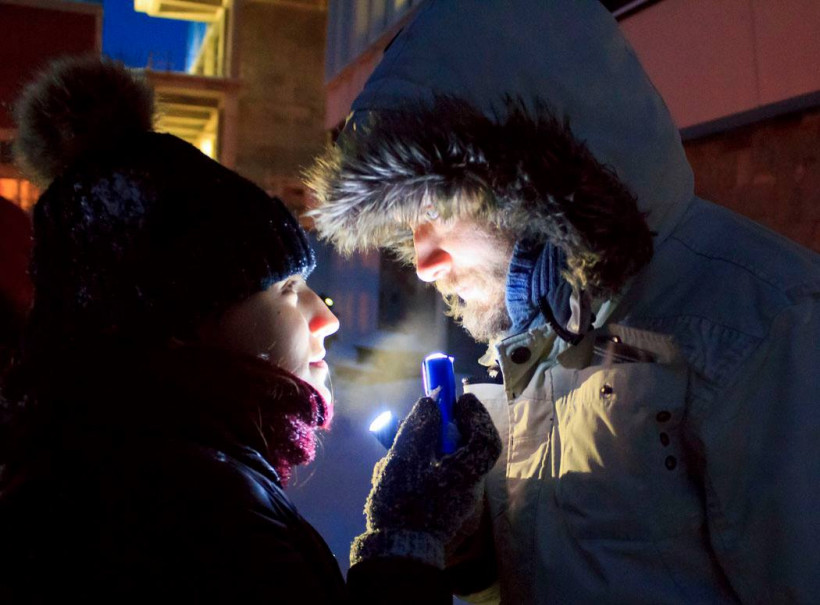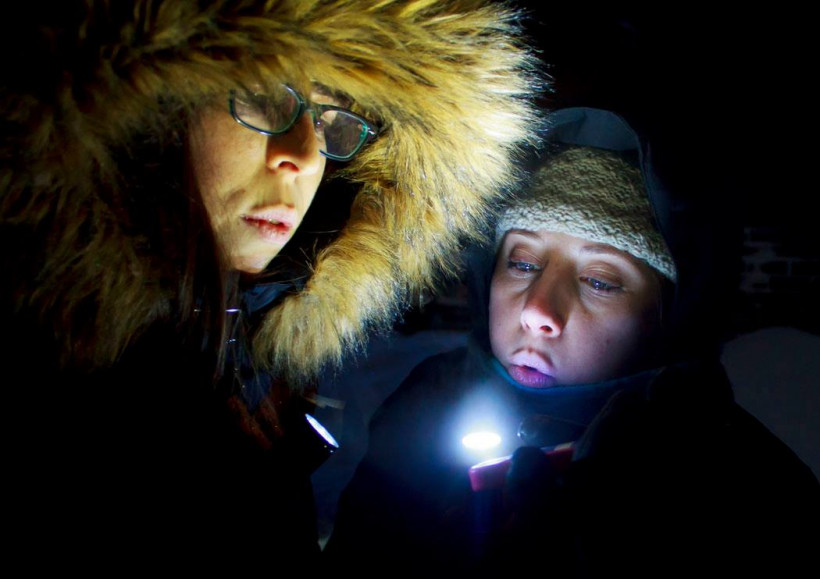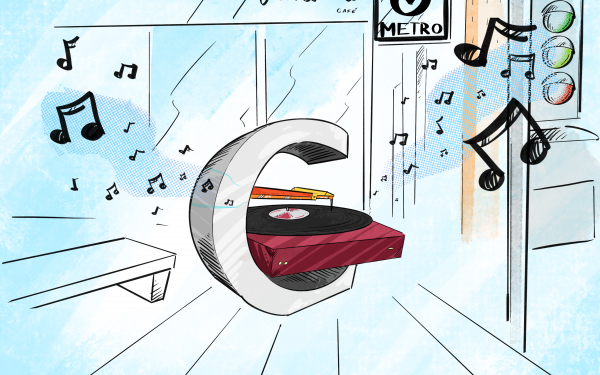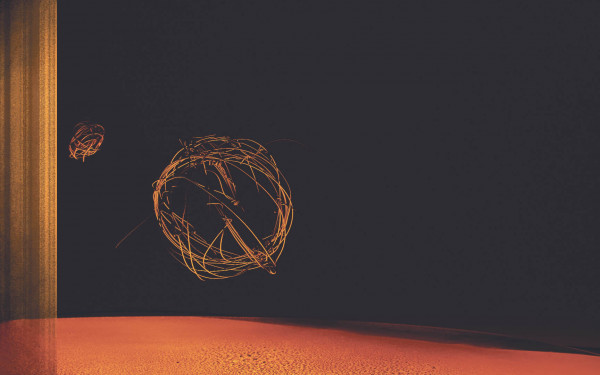Love in a Cold Climate : the Rebranding of Space
How often do public areas fulfill their designed purpose? In our concrete jungles, most open areas are vacant spaces occupied only by the occasional cigarette smoker. The designed institutional use for these spaces happens to be bringing people together, but how frequently does that actually happen? How often are Place des Arts and the Ville Marie plaza used for social gatherings?
This is exactly the sad fate of the Henry F. Hall Building terrace, a modernist plaza designed to bring people together but which ultimately fails to do so.
When Cynthia Hammond, an art history department chair, and Michael Montanaro, associate director of the Topological Media Lab, heard about the ongoing campaign to create “Quartier Concordia”—possibly linking the new Montreal Museum of Fine Arts pavilion with the University through this Terrace—they felt it was important that the Concordia community be consulted in the rebranding of this space.
In doing so, they asked a group of students to participate in a performance-based social gathering they called, Love in a Cold Climate.
The Topological Media Lab describes itself as a trans-disciplinary, atelier-laboratory for collaborative research creation, founded at Concordia University. This lab creates a site within the university for creative dialogue between arts and media, with a special interest in space and place. Naturally, Montanaro was immediately interested in thinking about what they could bring to this unused space.
In collaboration with Shauna Janssen, the two decided to organize the event, Love in a Cold Climate. Janssen created Urban Occupations Urbaines in 2010, a curatorial platform concerned with the rapid urban change in Griffintown, Montréal.
As Hammond explained, the name of the event comes from the title of a book by Nancy Mitford, published in England in 1930. It plays with the idea that love takes unexpected turns, and we end up in places with people we never expected.
For Hammond, the aim was to “create a short event that would, in its gravity, show that you don’t need a lot of resources to make a place special.” Participants were invited to download a free flashlight app on their mobile device to be able to illuminate the space as they wished. Slowly, an unscripted choreography started taking place between the lights, the participants, the dancers and musicians.
Provocative music, played by Computation Arts student Nima Navab and trombone-player Felix del Tredici, invited the contributors to move around the space in ways in which they would not usually do. As the musicians interspersed amongst the group, fifteen dancers made their way around the Terrace in non-traditional ways to recapture the space. There were hot drinks given out to the participants for free, so they could have something warm and delicious.
“It was beautiful to see how people embraced what this project offered: a chance to be in space differently,” Hammond added. “We really wanted this to be unscripted [it was great because] everyone intuitively knew what to do.”
The event was held in solidarity with #ShutDownCanada, a social movement that aimed to create a boycott of all of Canadian government services on Friday Feb. 13. This was done in order to pressure the government to reconsider its policies concerning First Nations land rights and the drastic need to launch an inquiry into missing and murderer indigenous women.
When Hammond, Janssen and Montanaro heard about this movement they had already planned the event, but immediately decided that they should stand in solidarity with this cause. As Hammond explained, “Friday was a day to work against institutional norms [and we’re going] to use the space in a completely different way, more creative than usual.”
Before the performance started, Hammond made a speech explaining that it was important to dedicate the event to this cause, as it is imperative to acknowledge the fact that Concordia, and the Terrace itself, are built on stolen aboriginal land.
The organizers hope that this event will have shown how easily we can bring into play this underutilized space and that the university will continue to lead projects of the sort around campus. The project was meant, in part, to show the University that there is already interest on our part in rebranding this space, and to encourage others to make their own projects in the space.
This well planned event to support a social cause in a short but sweet and joyous way, is a reminder for all of us of how simple and inspiring it can be to put in question conventional uses for space.



_600_832_s.png)



2_600_375_90_s_c1.jpg)
_600_375_90_s_c1.jpg)